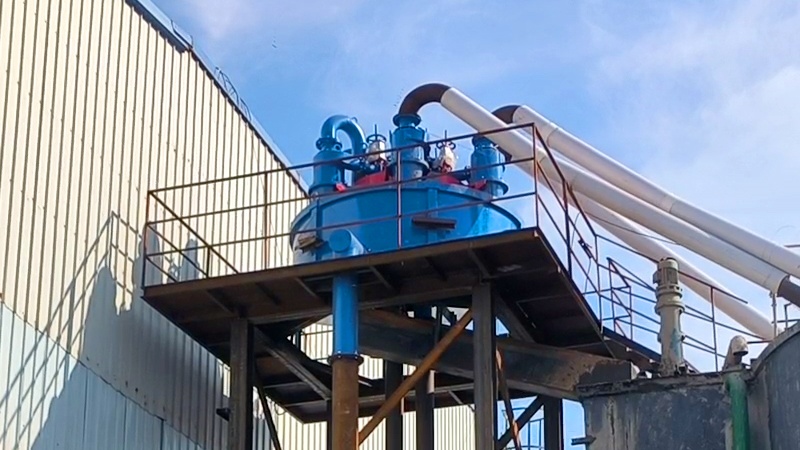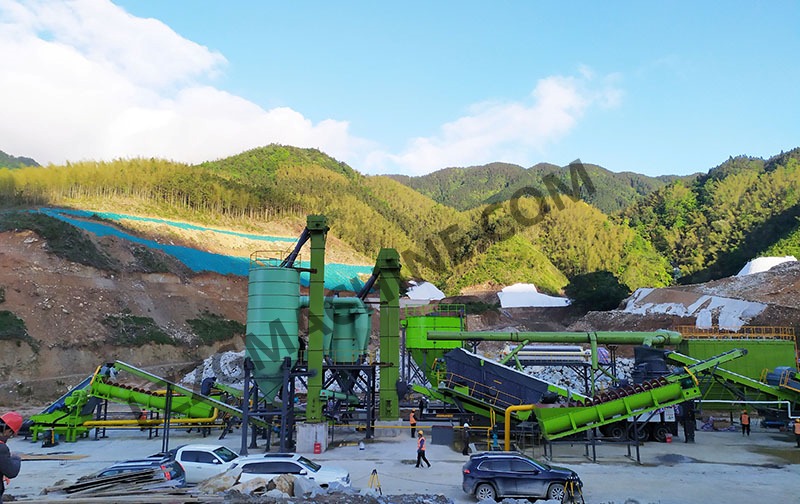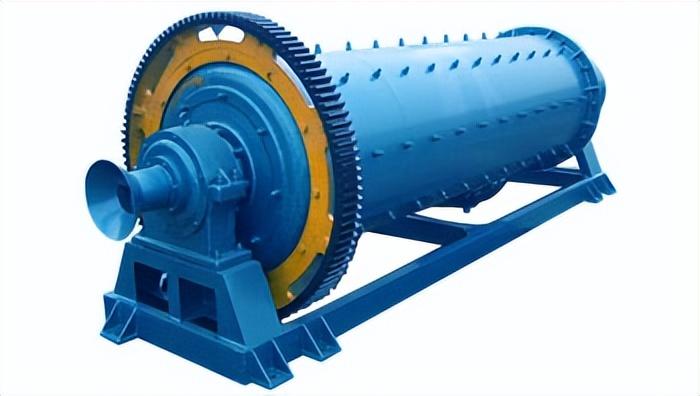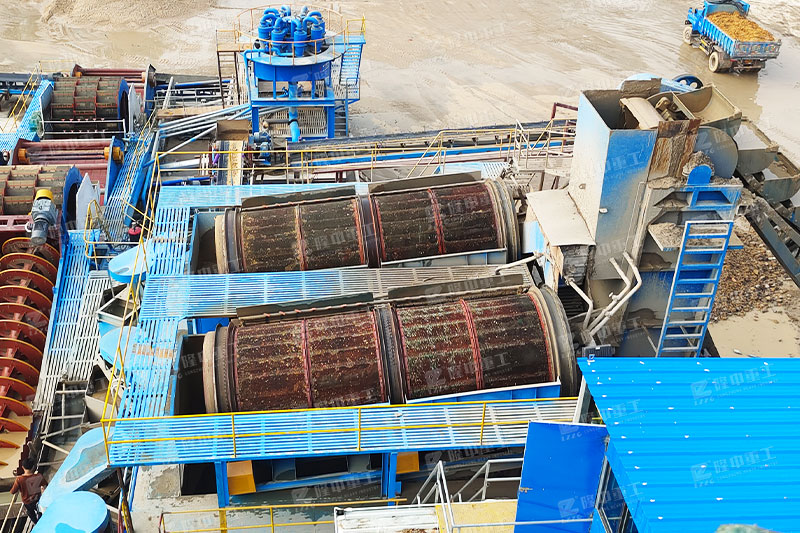What grades of quartz sand are divided into according to purity?
 September.20,2023
September.20,2023
Quartz sand can be divided into ordinary quartz sand, refined quartz sand, high-purity quartz sand and fused quartz sand according to quality.
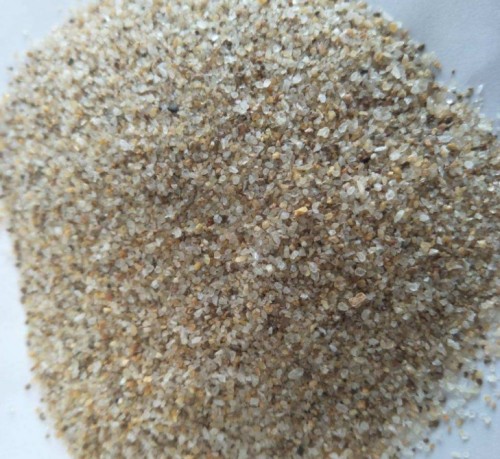
1. Ordinary quartz sand:
SiO2≥90~99%, FeO ≤0.06~0.02%, refractory degree 1750~1800℃, some large particles in appearance, and yellow skin cysts on the surface. The particle size range is 5~220 mesh, and can be produced according to user requirements. Main uses: metallurgy, ink silicon carbide, glass and glass products, enamel, cast steel, water filtration, soda hydroxide, chemical industry, sandblasting and other industries.
2. Refined quartz sand:
SiO2≥99~99.5%, Fe2O3≤0.02~0.015%, made from selected high-quality ores for complex processing. The particle size range is 5~480 mesh, which can be produced according to user requirements. The appearance is white or crystalline. Main uses: high-grade glass, glass products, refractory materials, smelting stones, precision casting, grinding wheels, etc.
3. High purity quartz sand:
SiO2≥99.5~99.9%, FeO≤0.005%, it is made of grade 1~3 natural crystal stones and high-quality natural stones, which are carefully selected and finely processed. The particle size range ranges from 1~0.5mm, 0.5~0.1mm, 0.1~0.01mm, and 0.01~0.005mm.
4. Fused quartz sand
Chemical composition: SiO2: 99.9~99.99%; Fe2O3: 10PPM~25PPM; Max Li2O content: 1~2PPM; Max Al2O3 content: 20~30PPM; Max K2O content: 20~25PPM; Max Na2O content: 10~20PPM. Physical properties: Appearance is colorless and transparent blocks, granules or white powder. True specific gravity: 2.21; Mohs hardness: 7.0; PH value: 6.0


